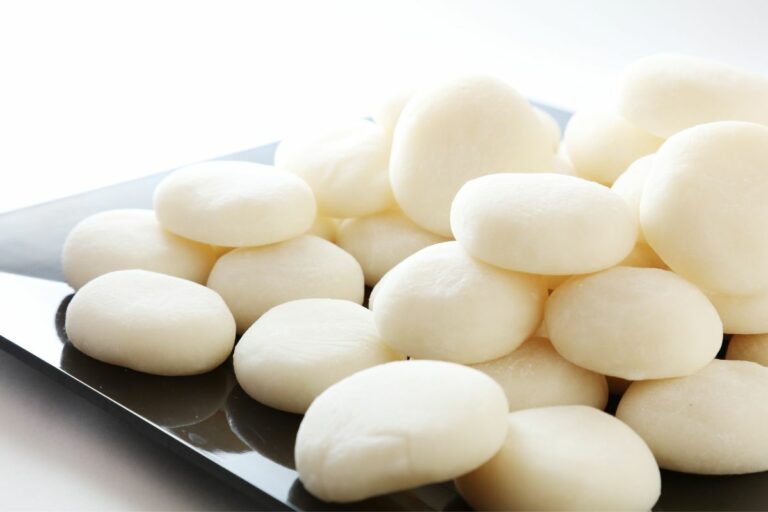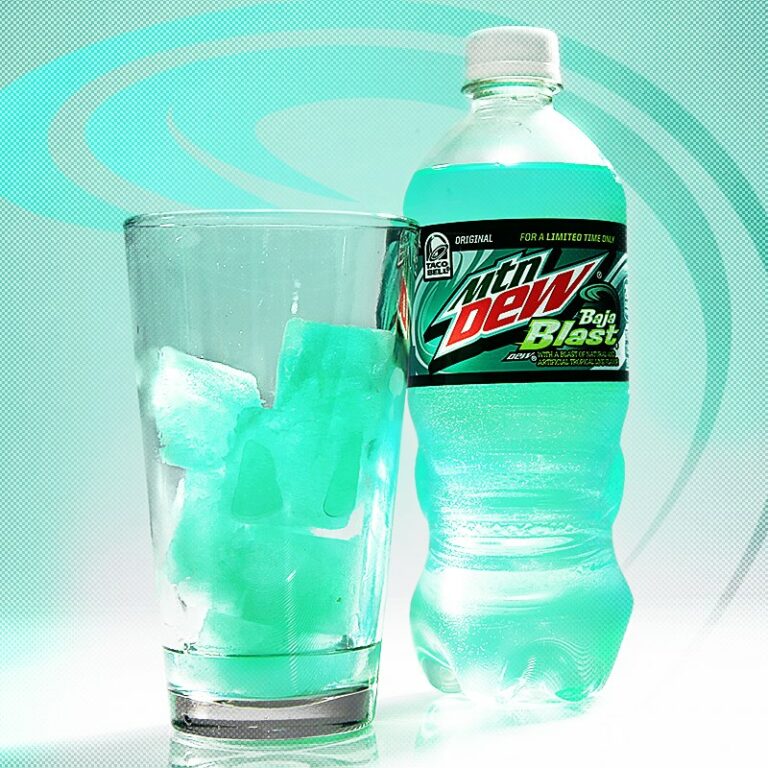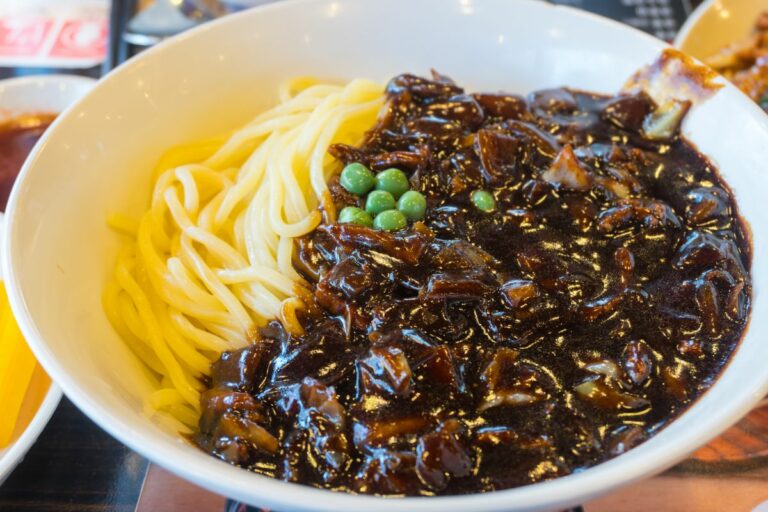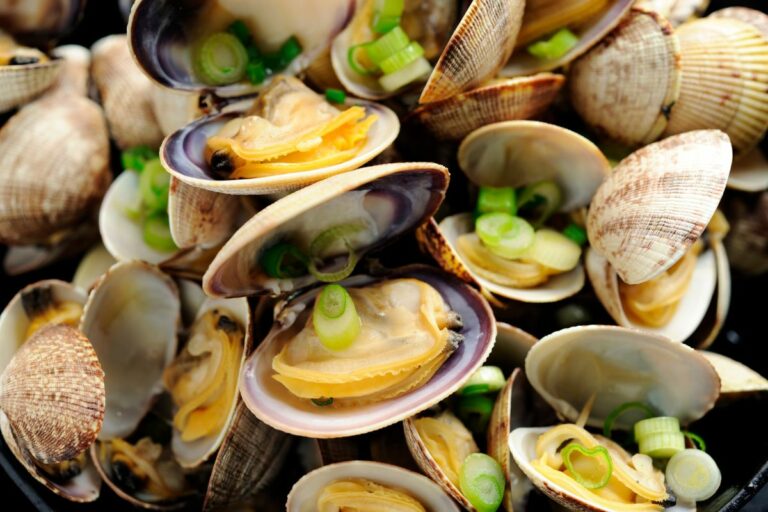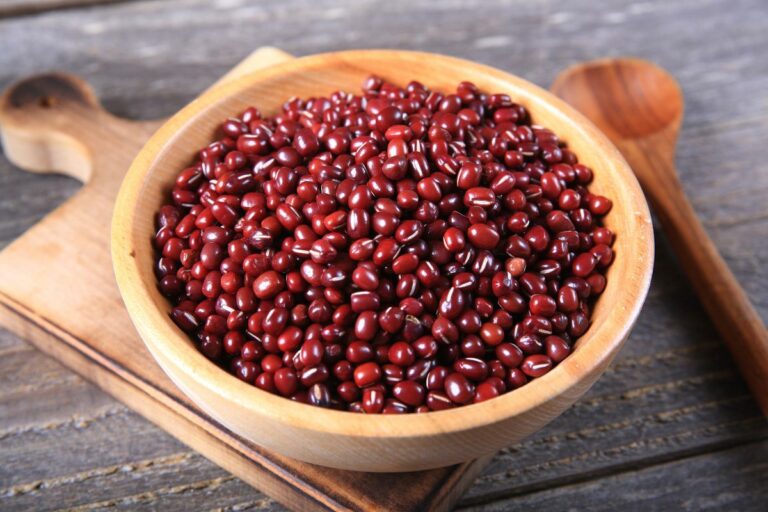What Do Sea Grapes Taste Like?
If you are looking for some unique foods, sea grapes are a great option for you. This exotic food comes all the way from Japan, and it is getting more popular day by day. So, if you are wondering what sea grapes taste like, we have got your answer.
Many people claim that sea grapes have a “sealike” flavor due to their modest salinity, moderate acidity, and subtle sweetness. When you bite into the bubbles, they burst and emit a flavor reminiscent of the fresh, saline fluids found in clams.
Follow this article for more interesting info regarding sea grapes as it also covers sea grape recipes and from where you can buy authentic sea grapes.
What Are Sea Grapes?

Green caviar is a common name for sea grapes, a form of algae that is often used in Japanese cooking. The Japanese term for it is Umibudo, which comes from the words for “sea” (Umi) and “budo” (way) (grapes).
Sea grapes may be found all throughout Japan and Southeast Asia, but in the Philippines and Malaysia, they go by other names: latô, Arosep, and Guto.
They are collected from the bottom of the tropical Pacific Ocean around Okinawa and the Philippines, where the water is warm and the salinity is just right.
In order to thrive, they need a warm environment (about 77 degrees Fahrenheit) and a sandy, flat, shallow ocean substrate.
In response to rising global demand, many Okinawan farmers have established domestic sea grape fields.
What Do Sea Grapes Taste Like?

The flavor and consistency of sea grapes are unlike any other fruit. Sea grapes have a flavor that is somewhat salty or saline, not unlike the flavor of ocean water.
They say that chewing on sea grapes brings out their sweet and sour taste.
Having said that, sea grapes have a flavor that is very similar to that of seaweed and a texture that is quite similar to that of caviar.
When you pop some sea grapes into your mouth, they’ll make a weird sound that’s called “puchi-puchi,” an onomatopoeic term.
Where To Buy Sea Grapes?
If you want to try sea grapes at their peak of freshness, your best choice is to go to East or Southeast Asia, where they are produced and readily available.
In any case, if a trip to Okinawa isn’t in the cards for you any time soon, you’ll have to special order these goods online. You can find some on Amazon as well.
Shipping sea grapes often involves packing them in a salty liquid. The green caviar may be revived by soaking it in fresh water for a few minutes.
Sea Grape Nutrition Facts
They are highly regarded in the culinary world for more than just their excellent flavor and texture.
A significant amount of calcium, iron, zinc, and vitamins A and C may be found in sea grapes, and they are also an excellent source of other vitamins and minerals.
They’re also full of hyaluronic acid and omega-3 fatty acids.
Sea grapes have so many positive health effects that people in Okinawa, Japan, refer to them as “longevity seaweed.”
For 20g serving the chart may look like this:
| Nutrient | Amount per 20g |
| Fat | 0 gram |
| Carbs | 1 gram |
| Protein | 0 gram |
| Calcium | 21 mg |
| Iron | 0.1 mg |
| Potassium | 19 mg |
| Magnesium | 45 mg |
| Manganese | 0.1 mg |
Sea Grapes Health Benefits

- Sea grapes are beneficial to health due to the presence of omega-3 polyunsaturated fatty acids, protein, and calcium. At the same time, it reduces swelling and the discomfort that comes with bone deterioration.
- The plant’s hygroscopic properties allow it to hydrate itself and increase its ability to hold water from atmospheric moisture alone. The same mechanisms that maintain skin supple and healthy are used. Products that contain a high concentration of sea grapes provide great moisturizing effect for 24 hours after application.
- Sea Grapes, rich in calcium, potassium, and vitamin C, may regulate high blood pressure by triggering excretion. Sea Grapes contain vitamin C and control sugar levels, inhibit free radicals, reduce intracellular sorbitol formation, and prevent glucose and protein binding, reducing diabetic problems.
- Sea grapes have a low glycemic index, which means they encourage the development of good bacteria in the gut, which in turn makes it easier for the digestive system to break down food and flush out waste.
- Sea Grapes, rich in vitamins, easily digest collagen and antioxidants to give you a young appearance and are considered natural cosmetics that may improve skin and hair via the cellular membrane. The fatty ingredient in Sea Grapes regenerates cell membranes, improves fluidity, and reduces vessel pores wall mobility to lessen dry skin adverse effects.
How to Eat Sea Grapes

You may add flavor and health to many different recipes by using sea grapes. The plant’s leaves, which look like little bubbles, and the stem it grows from are both edible.
While you prepare most other forms of seaweed, sea grapes are better eaten raw to keep their fresh taste and peculiar firmness.
After soaking them in cold water for a couple of minutes to help them grow, you’ll want to give them a short washing to remove the salty aftertaste and faint fishy odor that comes from being in the water.
Sea grapes are a great addition to many cuisines since they provide a tangy flavor and crisp texture while also lightening the whole meal.
The best uses for sea grapes include:
- Sea grape’s salty, oceanic flavor complements the savory umami of soy sauce.
- Vinegar’s acidity complements the salinity of the sea grapes.
- It would be great as a finishing touch on Okinawans’ favorite dish, Umibudo Don (freshly prepared rice). Sanbaisu, a sauce comprised of vinegar, mirin, and soy sauce, is often drizzled over the dish to enhance its taste.
- As a topping for Chirashi or a fresh seafood salad.
- When combined with other ingredients to make a Filipino seaweed salad (Ensaladang Lato), such as tomatoes, onions, mango, and Calamansi.
- To be used in sushi or as a side dish to sashimi.
- In a noodle or rice bowl.
- For a soothing drink when mixed with hot water.
FAQs
Are Sea Grapes Fish Eggs?
No. Green Fish roe might make you confused because they look almost the same as Sea Grapes. Sea grapes are actually the leaf of the Caulerpa lentillifera plant whereas Green Fish roe is small eggs of certain types of flying fish.
Can Sea Grapes Help With Weight Loss?
Consumers who are overweight or on a diet may benefit greatly from eating sea grapes due to their low sugar content and high protein, vitamin C, calcium, zinc, iron, and unsaturated fatty acid content.
How To Keep Sea Grapes Fresh?
It’s best to keep it at a temperature between 25 and 30 degrees C. Don’t put it in the fridge or freezer. You should stay out of the sun. If the color fades, just place it in a room with fluorescent lighting for a few hours.
Conclusion
By now, after hearing so much about sea grapes, you might be tempted to try them out. We can vouch that you won’t regret it as it tastes amazing. So, what do sea grapes taste like?
Sea grapes taste like ocean water—salty. When chewed, sea grapes may taste sweet and acidic. Sea grapes taste like seaweed and feel like Caviar. We hope that you’ve got what you were here for. Thanks for being with us till last!

